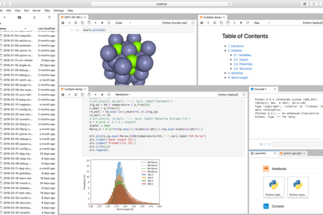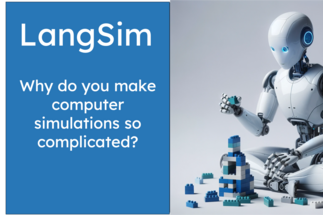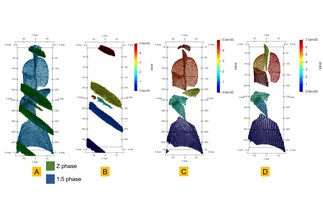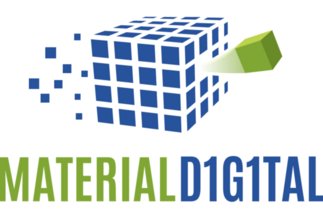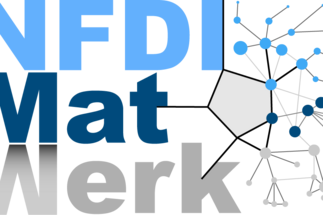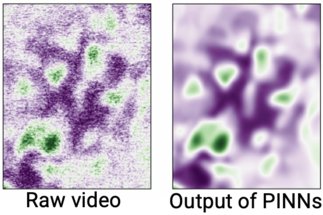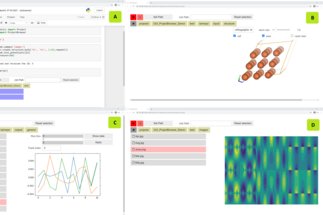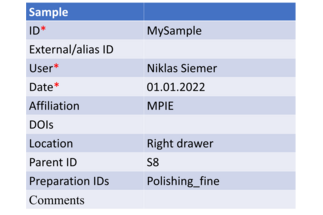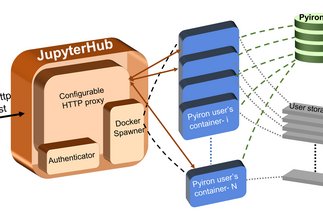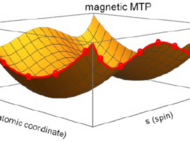Digitalization and Machine Learning
The digitalization of materials science and engineering is currently addressed with high priority worldwide. The FAIR handling of data, i.e. making them findable, accessible, interoperable and reusable, is also within the CM department a major driving force for novel digitial concepts and software developments. The employment of the integrated development pyiron is a central activity in this regard. The activities of the CM department are embedded in large-scale collaborative initiatives like Plattform MaterialDigital and NFDI-MatWerk.
